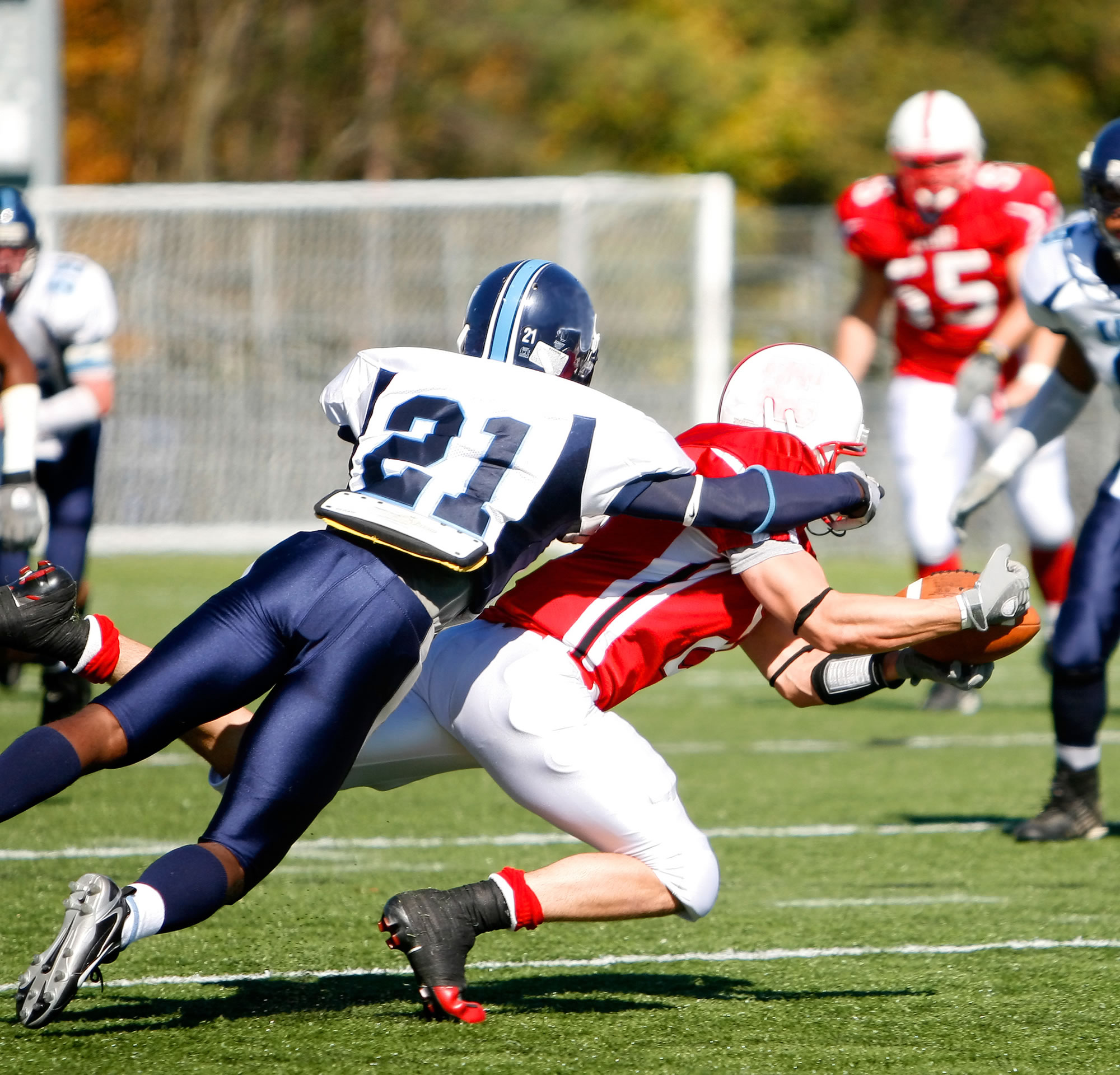Ever wonder how much G force goes into a routine football tackle?
To give you some perspective:
- 1 G = Gravity
- 6 G = Roller coaster
- 30 G = Minor rear-end auto collision
- 100 G = Head impact in crash that killed Princess Diana
- 300 G = Fall from a height of 35 feet
Researchers from Purdue University’s Neurotrauma Group have spent the last four years collecting G force data from the helmets of high school football players. Some of their results:
- 10 G = Lowest force helmet sensors were able to detect by Purdue researchers
- 22 G = Median point of all helmet readings taken by researchers
- 90 G = Highest helmet reading during pregame player head-butting
- 289 G = Highest helmet reading from Purdue’s high school research
Researchers took MRI brain scans at the beginning and end of the players’ season. Scans taken at the end of the season showed a noticeable alteration in brain activity, proving that even smaller, repetitive hits can cause permanent brain damage in players.
Biomedical engineers Eric Nauman and Tom Talavage are now working on a helmet design that will protect players from routine contact. They say major helmet manufacturers like Riddell need to rethink their testing procedures. Current testing involves putting a 20 pound weight (meant to simulate a human head) into a helmet and then slamming it down on an anvil with 1,000 pounds of force. The helmets do a great job at preventing skull fractures. But they are unable to protect the brain inside the skull.
Nauman and Talavage take a different approach. They use a hammer to repeatedly strike a dummy head to simulate the type of impact that footballers experience. The hammer strikes with G forces ranging from five to 100 – the same force experienced by footballers in head-to-head contact.
Nauman and Talavage’s new helmet will incorporate a shock-absorbing liner to lessen the hammer-like blows that can cause brain damage.
“Right now there’s a lot of belief in the way [helmets] should be, but not a lot of data to support those beliefs, says Nauman. “I think in 12 to 18 months we could be at a point where we can actually start implementing things.”
For More Information:
- Damage Control: Purdue Researchers Tackle Football Head Injuries, Indianapolis Monthly







